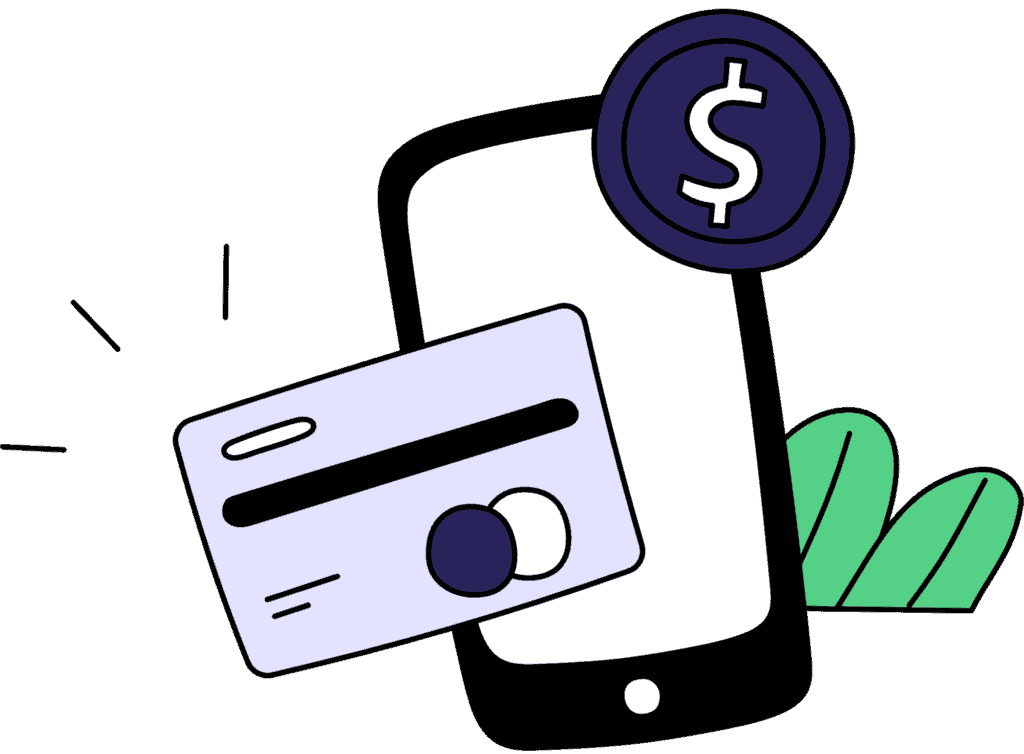1.1 Communicatie op schoolniveau, 1.3 Reflectie, 1.4 Digitale technologieën en infrastructuur, 1.5 Verantwoord gebruik van digitale tools, 1.6 Digitale problemen oplossen
2.1 Zoeken en selecteren, 2.2 Maken en aanpassen, 2.3 Beheren, beveiligen en delen
3.1 Lesgeven, 3.4 Zelfsturend leren
4.1 Evaluatiestrategieën, 4.2 Analyse en data, 4.3 Feedback en planning
5.1 Toegankelijkheid en inclusie
6.1 Informatievaardigheden en mediageletterdheid, 6.2 Communicatie en samenwerking, 6.3 Creëren van digitale inhoud, 6.4 Veilig en verantwoord gebruik, 6.5 Problemen digitaal oplossen
1.1.d understand the fundamental concepts of technology operations, demonstrate the ability to choose, use and troubleshoot current technologies and are able to transfer their knowledge to explore emerging technologies.
1.2.d. manage their personal data to maintain digital privacy and security and are aware of data-collection technology used to track their navigation online.
1.3.b. evaluate the accuracy, perspective, credibility and relevance of information, media, data or other resources., 1.3.d. build knowledge by actively exploring real-world issues and problems, developing ideas and theories and pursuing answers and solutions.
1.4.b. select and use digital tools to plan and manage a design process that considers design constraints and calculated risks.
1.5.b. collect data or identify relevant data sets, use digital tools to analyze them, and represent data in various ways to facilitate problem-solving and decision-making., 1.5.c. break problems into component parts, extract key information, and develop descriptive models to understand complex systems or facilitate problem-solving., 1.5.d. understand how automation works and use algorithmic thinking to develop a sequence of steps to create and test automated solutions.
1.7.b. use collaborative technologies to work with others, including peers, experts or community members, to examine issues and problems from multiple viewpoints.
2.1.a. Set professional learning goals to explore and apply pedagogical approaches made possible by technology and reflect on their effectiveness., 2.1.c. Stay current with research that supports improved student learning outcomes, including findings from the learning sciences.
2.3.b. Establish a learning culture that promotes curiosity and critical examination of online resources and fosters digital literacy and media fluency., 2.3.c. Mentor students in the safe, ethical and legal practice with digital tools and protection of intellectual rights and property.
2.4.b. Collaborate and co-learn with students to discover and use new digital resources and diagnose and troubleshoot technology issues.
2.5.a. Use technology to create, adapt and personalize learning experiences that foster independent learning and accommodate learner differences and needs., 2.5.b. Design authentic learning activities that align with content area standards and use digital tools and resources to maximize active, deep learning., 2.5.c. Explore and apply instructional design principles to create innovative digital learning environments that engage and support learning.
2.6.a. Foster a culture where students take ownership of their learning goals and outcomes in both independent and group settings., 2.6.b. Manage the use of technology and student learning strategies in digital platforms, virtual environments, hands-on makerspaces or in the field.
2.7.b. Use technology to design and implement a variety of formative and summative assessments that accommodate learner needs, provide timely feedback to students and inform instruction.






